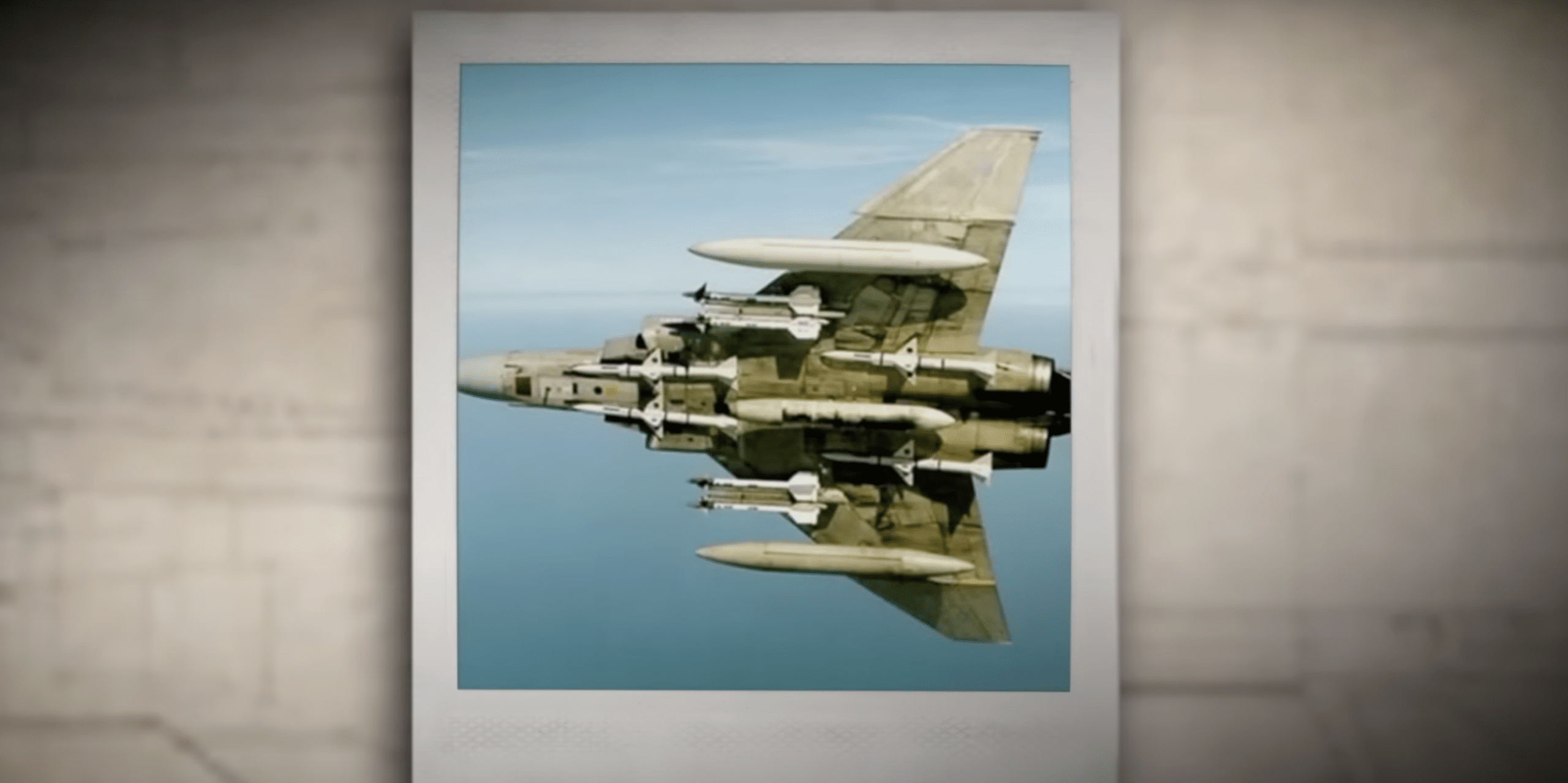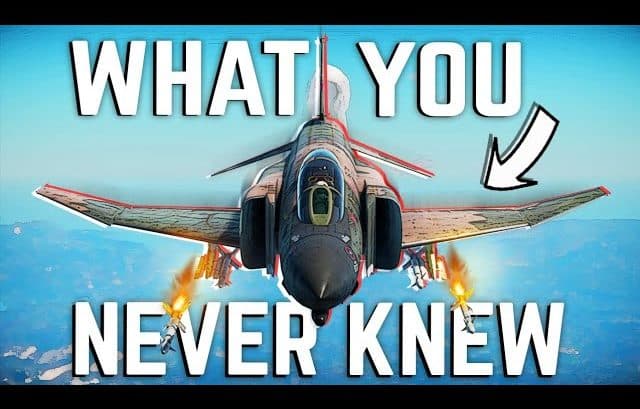The F-4 Phantom is perhaps one of the most famous warbirds the US has ever operated. Its achievements in combat and its easily distinguishable design helped make the F-4 what it is today. But with that said, here are 5 things you might not know about the F-4 Phantom.
1. The second crew member had different nicknames
Some of the most common aircraft utilized by the US military before Vietnam were the F-9F Panther, F-84 Thunderjet, and F-86 Sabre. The primary similarity is they only have one man in the cockpit. Unlike these aircraft, the Phantom entered service as a two-seater fighter.
So what did they call the second crew member? They were called 3 things: RIO or Radar Intercept Officer, GIB aka Guy In Back, and even “Voice in the Luggage Compartment”.
Throughout its service, the GIBs were certified Navigators in charge of the radar, weapons, and targeting systems.
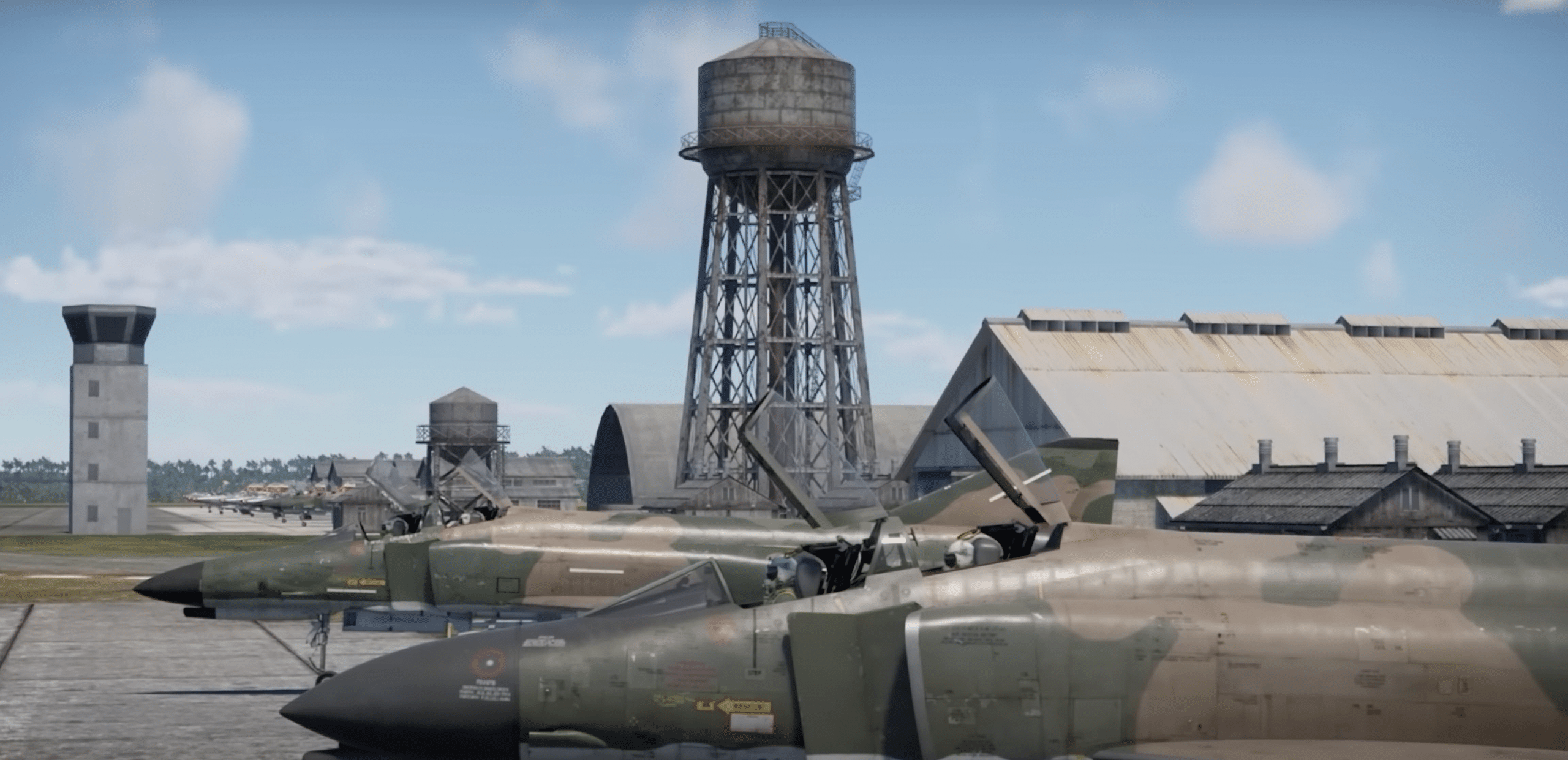
2. Not-so-horizontal stabilizer
When looking at the Phantom’s horizontal stabilizers, you’d notice something different. The stabilizers aren’t quite horizontal and instead have a dihedral to it.
This is because its stabilizers are actually an inverted airfoil, meaning the lift is on the bottom. Therefore, pilots often get a more downward force than usual.
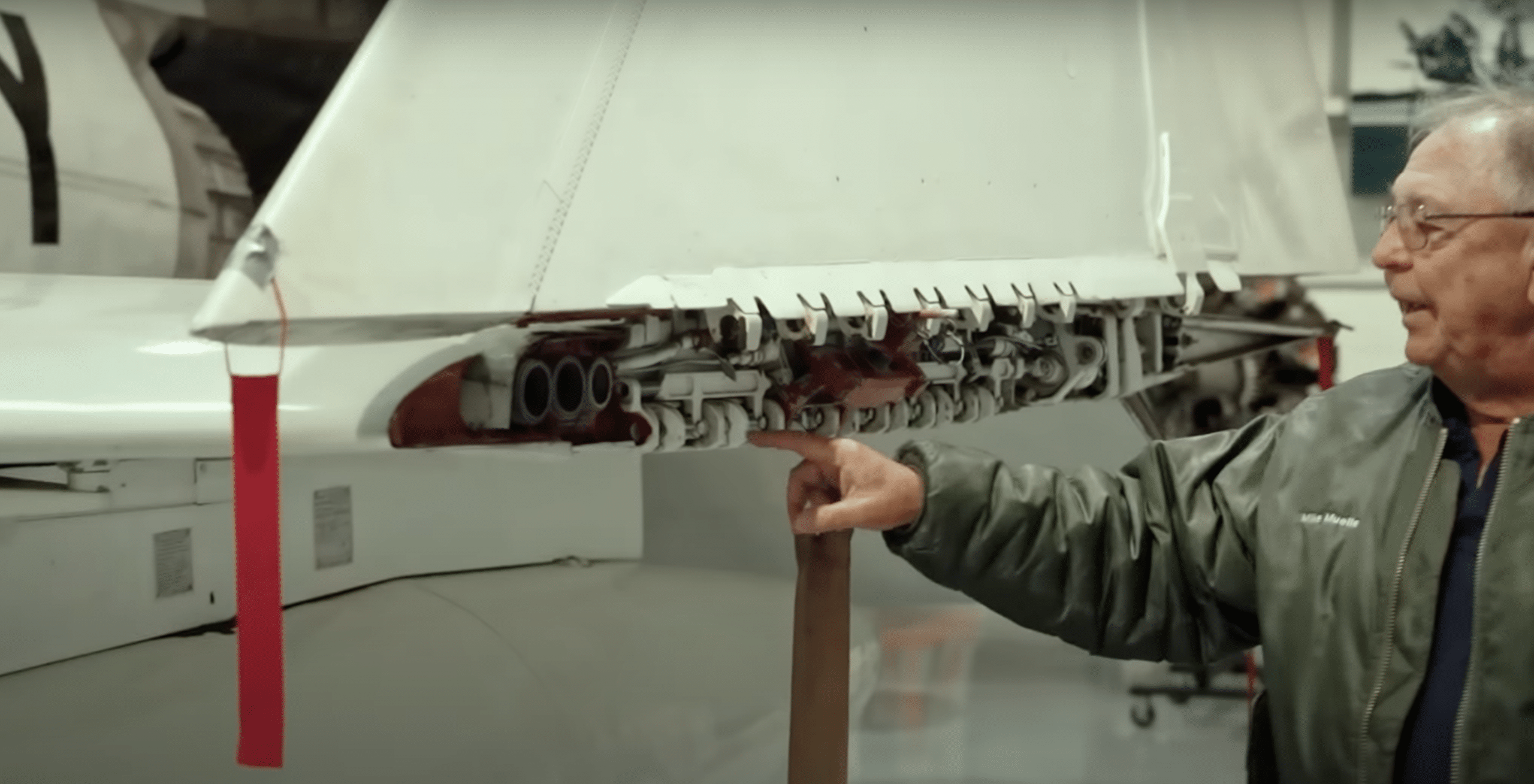
3. It can take off with its wings folded
The F-4 was designed to be stowed aboard aircraft carriers, which is why its wings can be folded.
However, in some instances, some F-4 pilots have mistakenly taken off with the wings still folded. The pure power of the Phantom was able to get its crew airborne as can be seen here:
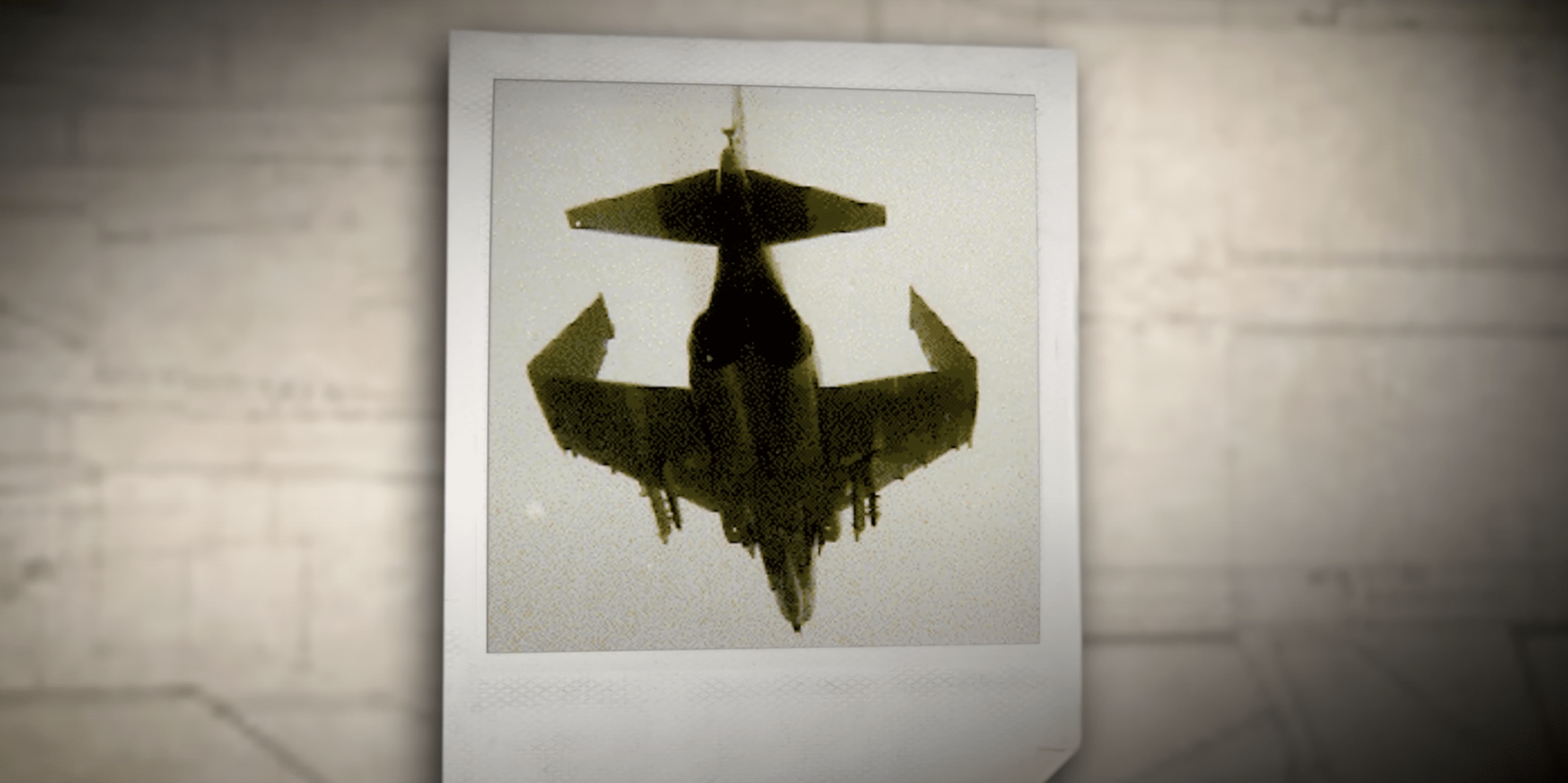
4. Its drop tanks were made to boats
Its auxiliary fuel tanks were hollow and made of aluminum. Once F-4 pilots used up all its fuel, they would then drop them mid-air to get better aerodynamics. So what happened to the dropped tanks?
Apparently, you can see a lot of pontoon boats in some areas of Vietnam made out of these tanks.
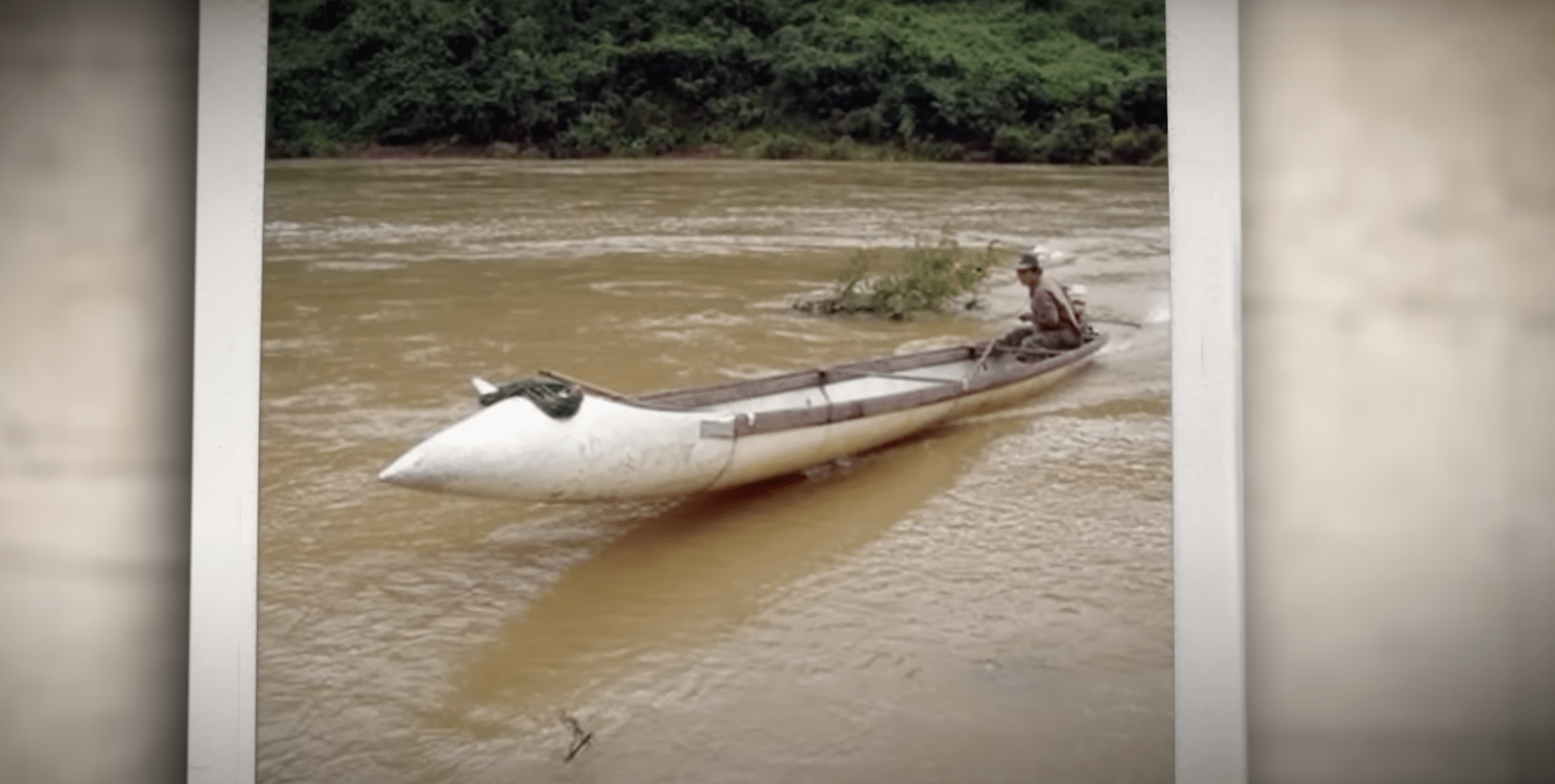
5. It didn’t have a gun at first
Similar to its counterpart, the MiG-21, the F-4 Phantom was designed to be all-missile. Foregoing the gun was a definite choice in development, which would soon prove to be a regrettable decision.
To help F-4 pilots in dogfighting, its developers later added the M61 Vulcan autocannon. The addition of the Vulcan helped the Phantom score many victories over the skies of Vietnam.
